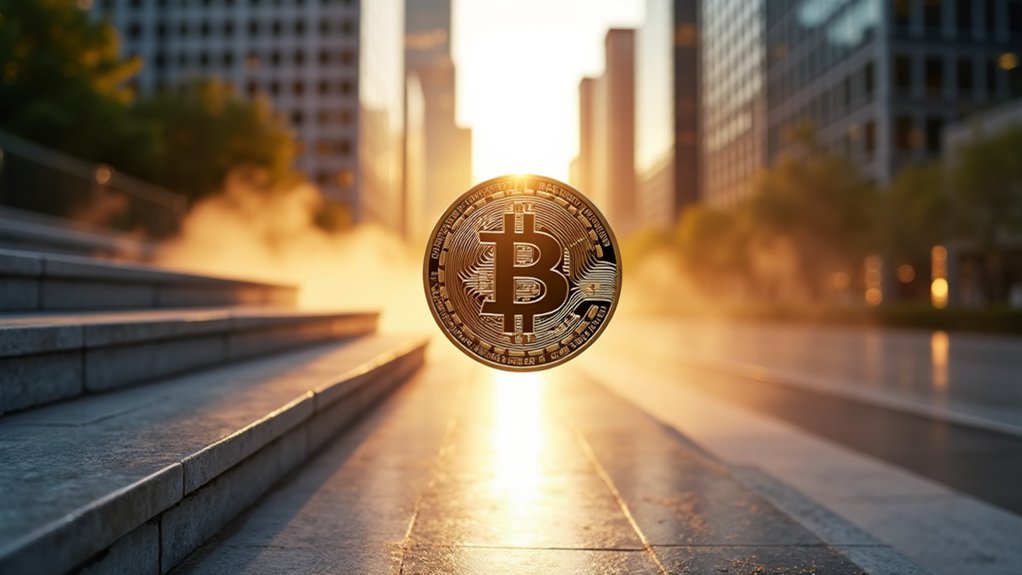While traditional banking systems lumber through their antiquated processes—requiring days to move money across borders and extracting fees that would make medieval toll collectors blush—stablecoins have emerged as a formidable challenger to the established monetary order.
These blockchain-based assets operate with the relentless efficiency of digital networks, processing transactions instantaneously while traditional banks observe their sacred weekend rituals and holiday schedules.
The mathematics of this disruption are compelling. Where conventional bank transfers demand 3-5% in fees through their labyrinthine network of intermediaries (each taking their ceremonial cut), stablecoins accomplish the same task for 0.1-0.3%.
This cost differential becomes particularly pronounced for businesses managing global payrolls or frequent international settlements, where traditional banking fees erode profit margins with mathematical precision.
Stablecoins achieve their namesake stability through asset-backing mechanisms—typically pegged to fiat currencies or commodities like gold. This structure addresses the notorious volatility that plagues other cryptocurrencies while maintaining the technological advantages of blockchain networks.
The irony is palpable: digital assets now offer more predictable value than many traditional currencies vulnerable to inflationary pressures and economic turbulence.
Yet this monetary revolution faces significant headwinds. Traditional currencies enjoy the considerable advantage of government backing and universal acceptance—attributes that stablecoins, despite their growing adoption, cannot yet claim.
Smart contract vulnerabilities present genuine security concerns, while regulatory frameworks remain frustratingly ambiguous. Financial institutions find themselves in the peculiar position of being simultaneously cautious and intrigued by these hybrid instruments that bridge conventional and crypto ecosystems.
The acceptance paradox persists: stablecoins excel within digital finance environments but struggle for broader mainstream recognition. Their primary habitat remains cross-border payment platforms and specialized financial applications, though integration with traditional systems continues advancing. These digital assets have become crucial infrastructure for decentralized finance systems, enabling sophisticated financial operations without traditional intermediaries.
Many stablecoins maintain their value through Treasury bills and other high-quality reserve assets that provide institutional-grade backing. However, stablecoins often struggle with varying exchange rates due to issuer tagging, preventing true monetary unity across different platforms.
As regulatory clarity emerges and security protocols mature, stablecoins appear positioned to capture an increasing share of global payment flows—particularly in scenarios where speed, cost efficiency, and 24/7 availability provide decisive advantages over their traditional counterparts.
The question is not whether this transformation will occur, but rather how quickly established financial institutions will adapt.








